New Zealand Heading Dog vs. Silky Jack: Breed Differences and Similarities
Hypoallergenic
Are New Zealand Heading Dogs or Silky Jacks hypoallergenic, or neither?
Unfortunately, neither New Zealand Heading Dog nor Silky Jack are hypoallergenic, which may not make them the best choice for dog lovers who suffer from pet allergies.
Temperament
What are the personalities of New Zealand Heading Dog and Silky Jack dogs?
Intelligent
Willing
Stubborn
Independent
Energetic
Alert
Courageous
Intelligent
Friendly
Responsive
Quick
Joyful
Inquisitive
Cheerful
Shedding Level
Do New Zealand Heading Dogs shed more than Silky Jacks, or which breed sheds more, New Zealand Heading Dogs or Silky Jacks?
New Zealand Heading Dog or Silky Jack dogs are not heavy shedders, but they will lose a significant amount of hair each year. To decrease the amount of shedding, you can regularly brush your New Zealand Heading Dog or Silky Jack. This will remove loose hair and keep their coat growing in the same direction.
Watchdog Ability
Which dog breed makes a better watchdog, the New Zealand Heading Dog or Silky Jack?
New Zealand Heading Dogs are decent watchdogs - they'll alert their owner if something seems amiss.
Silky Jacks aren't great guard dogs; they tend to just watch without taking action.
Origin
What is the origin of New Zealand Heading Dog and Silky Jack dog breeds?
New Zealand
United States
Ancestry
What are the origins of New Zealand Heading Dog and Silky Jack breeds?
Border Collie
Jack Russell Terrier, Silky Terrier
Date of Birth
When were New Zealand Heading Dog and Silky Jack breeds first developed?
1867
2000s
Eye Color Possibilites
What are the eye colors of New Zealand Heading Dog and Silky Jack dogs?
Brown
Amber
Brown
Nose Color Possibilites
What are the natural nose colors of New Zealand Heading Dog and Silky Jack?
Black
Black
Coat Color Possibilites
What are the natural colors of the coat for New Zealand Heading Dog and Silky Jack breeds?
Black
White
Fawn
Black
Gray
Brown
Red
Cream
Fawn
Blue
Silver
White
Pied
Sable
Brindle
Coat Length
What is the typical coat length for New Zealand Heading Dog and Silky Jack breeds?
New Zealand Heading Dogs have medium-length coats.
Silky Jacks are known for their coat length.
Coat Density
What is the density of the coat of New Zealand Heading Dog and Silky Jack?
Coat Texture
What is the hair texture of New Zealand Heading Dog and Silky Jack?
Straight
Litter Size
What is the usual litter size for New Zealand Heading Dog and Silky Jack?
A New Zealand Heading Dog can have a litter of 12-14 puppies on average. However, it's worth noting that the size of the litters can vary greatly. Factors that can influence litter size include the health of the mother, breeding history, and genetics.
A Silky Jack can have a litter of 4-8 puppies on average. However, it's worth noting that the size of the litters can vary greatly. Factors that can influence litter size include the health of the mother, breeding history, and genetics.
Adaptability
New Zealand Heading Dogs are highly adaptable and versatile, making them excellent companions for families and individuals of all lifestyles.
Silky Jacks are known for their adaptability and can adjust well to different environments and lifestyle changes.
Health Issues
Between New Zealand Heading Dog and Silky Jack, which breed is more prone to health problems?
New Zealand Heading Dogs typically have low vet costs due to their good health, but it's important to monitor their health and seek vet care when necessary.
While the Silky Jack breed is generally healthy, occasional vet check-ups are still necessary to address any health concerns.
Major Concerns
What are the major health concerns for New Zealand Heading Dog and Silky Jack breeds?
None Known
Patellar Luxation
Tracheal Collapse
Spongiform Leukodystrophy
Subaortic Stenosis
Minor Concerns
What minor health issues should be kept in mind when owning New Zealand Heading Dog and Silky Jack?
Ear Health and Infection
Eye Infections
Urolithiasis
Legg-Calve Perthes Disease
Canine Cushing’s Disease
Occasional Tests
What occasional tests are recommended for New Zealand Heading Dog and Silky Jack breeds?
Ear Examination
Eye examination
Complete Blood Count
Regular Full Physical Examination By Veterinarian
Blood Glucose Tests
Blood And Urine Analysis
Diagnostic Imaging
Cardiac Test
Eye and Ear Examination
DNA
Energy
How do the energy levels of New Zealand Heading Dogs and Silky Jacks compare?
New Zealand Heading Dogs thrive on an active lifestyle due to their high-energy nature.
Silky Jacks' high energy levels make them unsuitable for a low-key dog, choose accordingly.
Social Needs
New Zealand Heading Dog vs Silky Jack social needs comparison
New Zealand Heading Dog and Silky Jack have above average social needs compared to other breeds. They thrive in environments where they have a lot of interaction with humans and other dogs.
Exercise Needed
New Zealand Heading Dog vs Silky Jack exercise need comparison.
New Zealand Heading Dogs need high physical activity and are ideal for active individuals, but not suitable for sedentary lifestyles or small apartments.
Silky Jacks need moderate physical activity and are great for families and active individuals.
Sleeping Need
Which of the two sleeps the most/least: New Zealand Heading Dog or Silky Jack?
New Zealand Heading Dogs are active and require sufficient sleep to stay healthy.
Silky Jacks sleep less than other breeds but still need adequate sleep for good health.
Tendency to Bark
Do New Zealand Heading Dogs or Silky Jacks bark more/less frequently?
Compared to most other breeds, New Zealand Heading Dog and Silky Jack tend to be less vocal and bark less frequently. They typically only bark when necessary, such as to communicate or alert their owner, and do not bark excessively, especially when left alone.
Mouthiness
Mouthiness Comparison: New Zealand Heading Dog vs Silky Jack?
Roaming urge
New Zealand Heading Dog vs Labrador: Running away tendency?
Prey Drive
New Zealand Heading Dog or Silky Jack - which breed has a higher level of prey drive?
Past times
What are some enjoyable activities and ways to keep New Zealand Heading Dog and Silky Jack entertained?
Tramping, Fetch, Hunting, Walking, Playing, Running, Long, Basic tricks, Runs, Fetching balls, Walks
Tug-of-war
Activity Level
Which breed has higher energy, New Zealand Heading Dogs or Silky Jacks?
New Zealand Heading Dog and Silky Jack are high-energy dogs that require a lot of mental and physical exercise. Without proper stimulation and attention, these breeds can become problematic. If you're considering these breeds, be prepared to invest time and effort in their exercise and training.
Tolerance of being left alone
Walks per Week
How many miles should New Zealand Heading Dog or Silky Jack walk each week?
There's really no limit to how far you walk your dog as long as they're comfortable. For New Zealand Heading Dog, it's at least 30 miles / week. Just remember to build distance and stamina gradually over time.
There's really no limit to how far you walk your dog as long as they're comfortable. For Silky Jack, it's at least 8 miles / week. Just remember to build distance and stamina gradually over time.
Activity per Day
Do New Zealand Heading Dogs or Silky Jacks require more exercise?
In general most New Zealand Heading Dogs usually need at least 120 minutes of exercise daily. This can be spread across the day and include all sorts of high-energy activities, like walking, running and playing.
In general most Silky Jacks usually need at least 60 minutes of exercise daily. This can be spread across the day and include all sorts of high-energy activities, like walking, running and playing.
Grooming
Which breed is easier to maintain in terms of grooming, New Zealand Heading Dogs or Silky Jacks?
New Zealand Heading Dog and Silky Jack are breeds of dogs that require an average amount of grooming effort.
Brushing Frequency
What is the recommended brushing frequency for New Zealand Heading Dog and Silky Jack dogs?
New Zealand Heading Dog should be brushed at least once a week. Of course you can give them more frequent brushes if you find that they are still shedding a lot
Ideally, Silky Jack should be brushed at least 2 or 3 times a week (preferably daily) improve shedding.
Brushing Tools
What brushing tools are used for New Zealand Heading Dogs and Silky Jacks?
Pin Brush
Slicker Brush
Deshedder
Nail Clipper
Pin Brush
Dematter
Comb
Nail Clipper
Cups
How much food should be given to New Zealand Heading Dog or Silky Jack in cups?
For an average 55-66 pound (25 - 30 kg) New Zealand Heading Dog feed 3 cups daily. But, keep in mind, the amount you feed is going to be dependent on the quality of the food you are feeding.
For an average 12-15 pound (5 - 7 kg) Silky Jack feed 1 cups daily. But, keep in mind, the amount you feed is going to be dependent on the quality of the food you are feeding.
Daily Cost
Which breed has a higher daily cost, New Zealand Heading Dog or Silky Jack?
The average cost of a New Zealand Heading Dog is somewhere $2.10 - $2.70 per day.
The average cost of a Silky Jack is somewhere $1.10 - $1.40 per day.
Monthly Cost
Which breed has a higher monthly cost, New Zealand Heading Dog or Silky Jack?
The average per month expenses of a New Zealand Heading Dog is between $55 - $73. This makes an average of $660 - $876 per year. It will be on the higher side when the dog is still small because it will need more frequent visits to the vet, shots.
The average per month expenses of a Silky Jack is between $28 - $42. This makes an average of $336 - $504 per year. It will be on the higher side when the dog is still small because it will need more frequent visits to the vet, shots.
Intelligence
Comparing Intelligence: New Zealand Heading Dogs vs Silky Jacks
The New Zealand Heading Dog and Silky Jack breeds are considered very intelligent and easy to train.
Sensitivity Level
How do New Zealand Heading Dog and Silky Jack compare in sensitivity?
This breed is sensitive to its environment and best suited for patient and understanding families with a consistent routine.
This breed is sensitive and requires gentle handling and a calm home environment.
Affection Dependance
Which is the more affectionate dog breed: New Zealand Heading Dog vs Silky Jack?
Apartment Friendly
Which breed is more apartment-friendly: New Zealand Heading Dog or Silky Jack?
New Zealand Heading Dogs can do well in apartments with enough exercise and time outside, but a small yard would be ideal.
Silky Jacks are good apartment dogs as long as they get enough exercise and stimulation outside of the apartment.
Child Friendly
Do New Zealand Heading Dogs or Silky Jacks have a friendlier temperament towards children?
New Zealand Heading Dog and Silky Jack are kid-friendly dogs. They are good with children and excellent dogs with children if they are socialized and trained at a young age.
Senior-friendly
Which dog is more suitable as a pet for the elderly - New Zealand Heading Dog or Silky Jack?
Cat Friendly
Do New Zealand Heading Dog or Silky Jack breeds have a better compatibility with cats?
New Zealand Heading Dogs are good with cats, but early training is needed to prevent chasing behavior.
Silky Jacks are average in their friendliness toward cats and tend to do well with them, especially if raised together.
Dog Friendly
Which breed is more sociable with other dogs: New Zealand Heading Dog or Silky Jack?
New Zealand Heading Dogs are generally very friendly towards other dogs, with a happy and affectionate temperament.
Silky Jacks are average in their friendliness towards other dogs, and socialization can help.
Pet friendly
How do New Zealand Heading Dog or Silky Jack dogs interact with other pets?
Stranger Friendly
Which breed is more friendly with strangers: New Zealand Heading Dog or Silky Jack?
New Zealand Heading Dog and Silky Jack are average friendly around strangers. They can be wary around strangers and a little standoffish, so early socialization is key to ensure they are comfortable around new people.
Playfulness
Which breed is more playful between New Zealand Heading Dog and Silky Jack?
New Zealand Heading Dogs are a playful breed that needs daily playtime to be happy.
Silky Jacks are very playful, so adopting an older one might be a better option for a more relaxed experience.
Trainability
How do the trainability levels of New Zealand Heading Dogs and Silky Jacks compare?
The New Zealand Heading Dog is highly intelligent and eager to please, making it a great choice for both novice and experienced dog owners due to its easy trainability.
Silky Jacks are popular for their ease of training and quick learning ability.
Compare New Zealand Heading Dog with other breeds
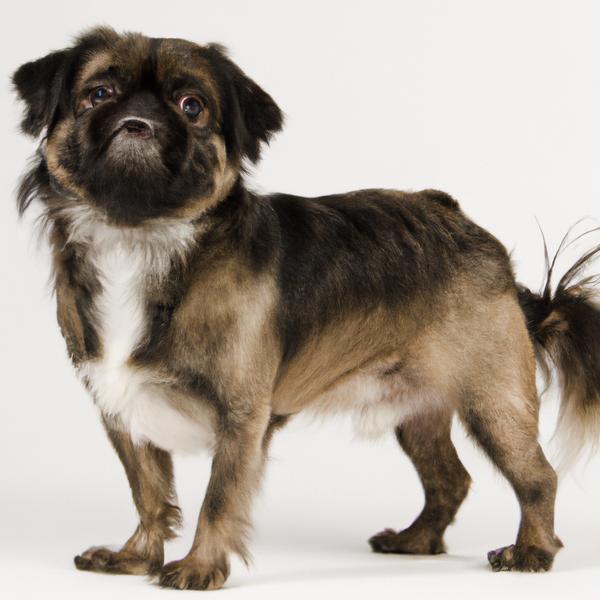
Pug-Zu
New Zealand Heading Dog vs Pug-Zu
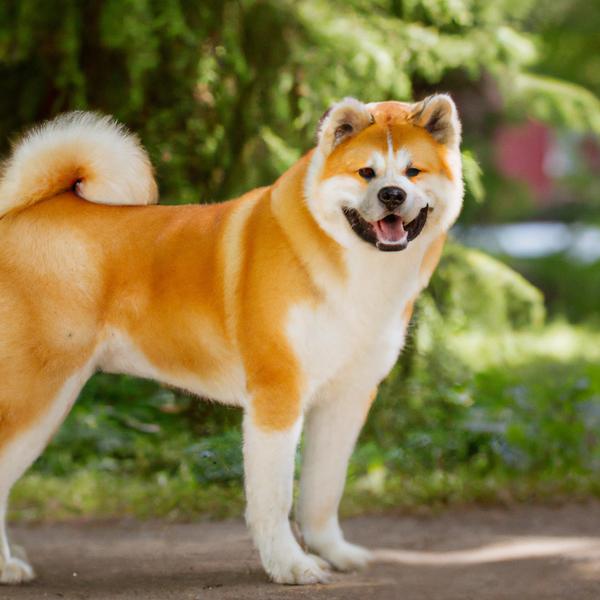
Akita Inu
New Zealand Heading Dog vs Akita Inu

English Cotralian
New Zealand Heading Dog vs English Cotralian
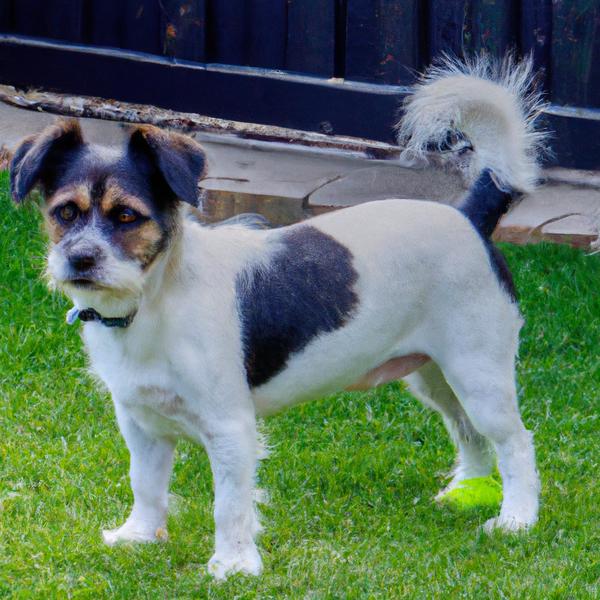
Silky Jack
New Zealand Heading Dog vs Silky Jack
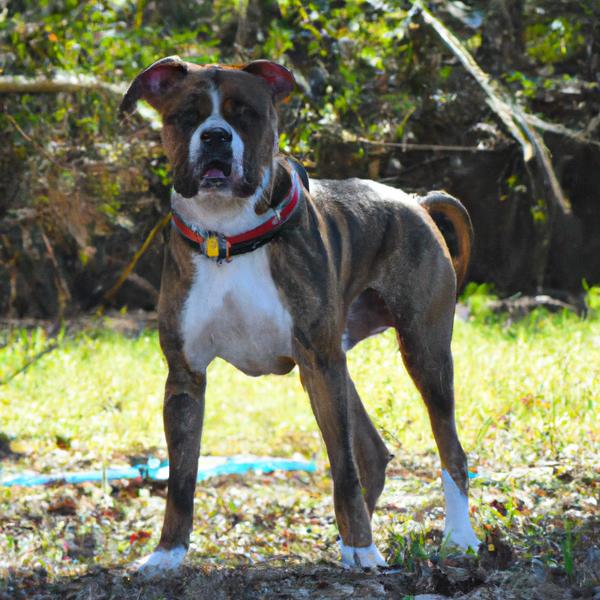
Bowzer
New Zealand Heading Dog vs Bowzer
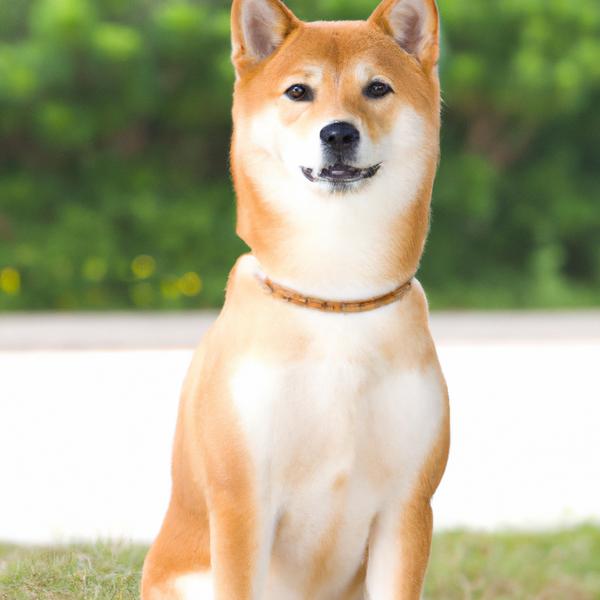
Shibos
New Zealand Heading Dog vs Shibos
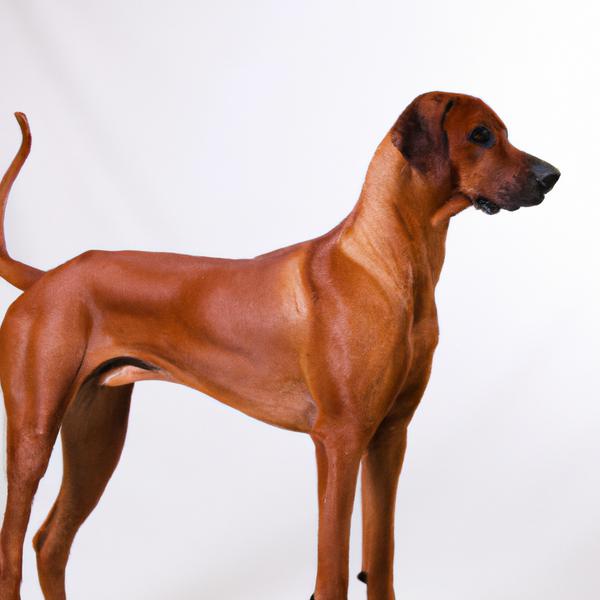
Rhodesian Ridgeback
New Zealand Heading Dog vs Rhodesian Ridgeback
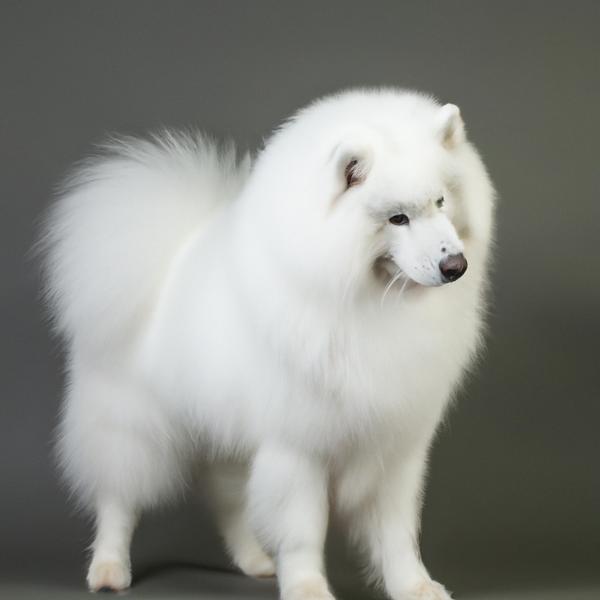
Samoyed
New Zealand Heading Dog vs Samoyed
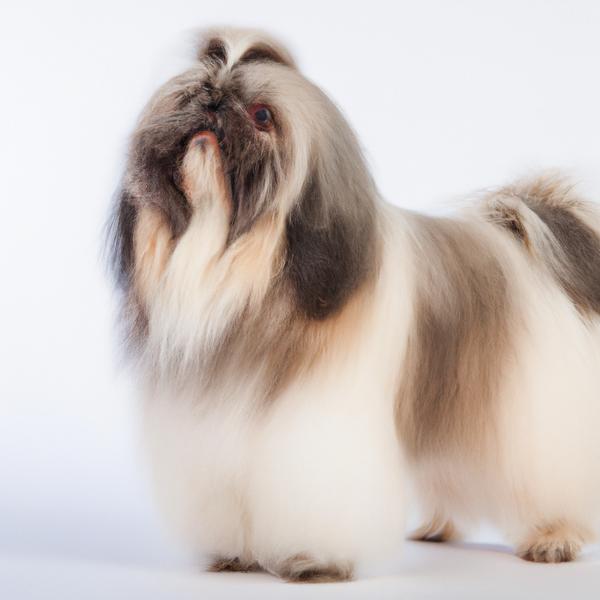
Crested Peke
New Zealand Heading Dog vs Crested Peke
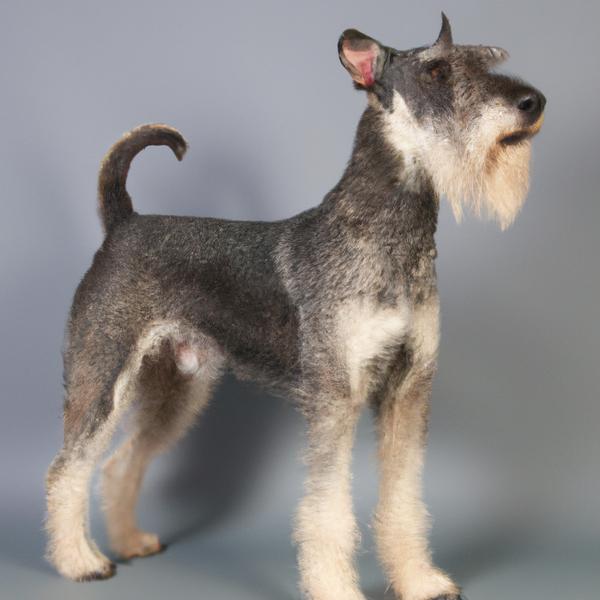
Standard Ratzer
New Zealand Heading Dog vs Standard Ratzer

Beagle Point
New Zealand Heading Dog vs Beagle Point
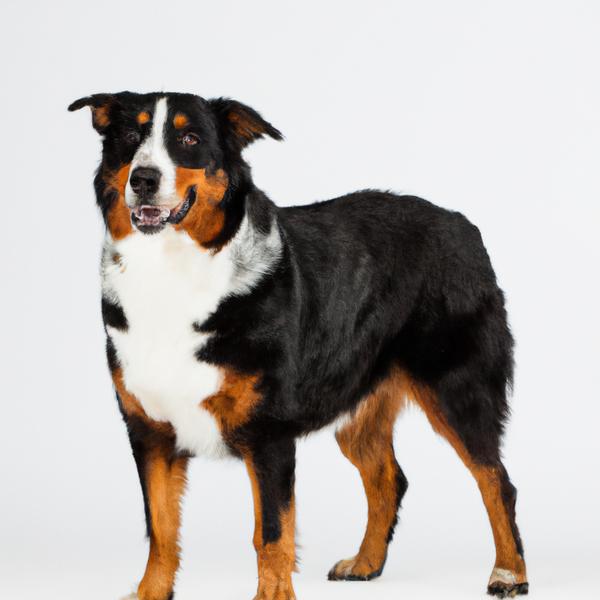
Bernese Cattle Dog
New Zealand Heading Dog vs Bernese Cattle Dog
